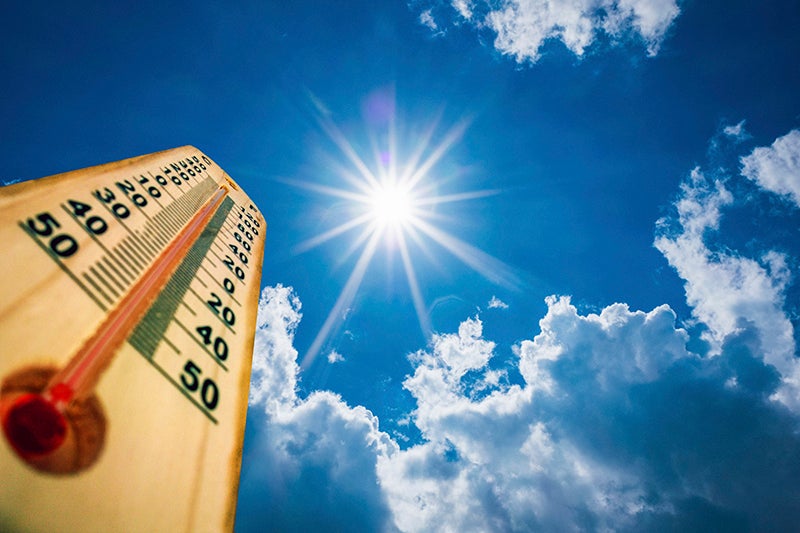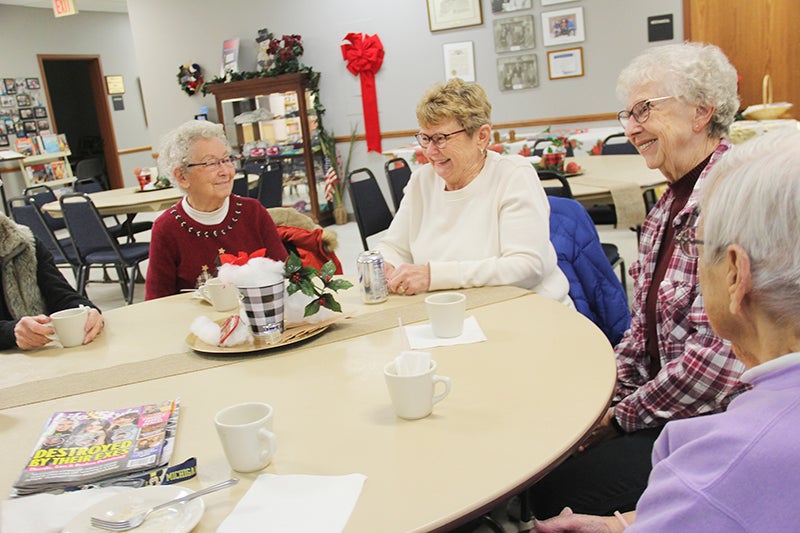How to handle a heat wave: Safety tips and ways to stay cool
Published 6:29 pm Monday, June 7, 2021
|
Getting your Trinity Audio player ready...
|
It’s staying hot out there! A heat wave that’s been pounding Minnesota since late last week will continue over the next few days with most of the state seeing temperatures in the 90s through Thursday.
Here are some tips from the National Weather Service on staying cool and safe when you’re outside:
- Take it slow! Reduce, eliminate or reschedule strenuous activities for early morning or late evening.
- Wear lightweight, loose-fitting, light-colored clothing.
- Stick to the shade — avoid direct sunlight as much as possible.
- Drink plenty of water, even if you don’t feel thirsty.
- Eat cool, easy-to-digest foods like fruits or salads. And if you’re bringing lunch on the go, keep it in a cooler and don’t let meat or dairy products sit out too long. Avoid using foods that require your oven as that will make your home harder to keep cool.
- Vehicles can go from safe to unsafe temperatures in a matter of minutes. Don’t sit in a hot car for long and never leave pets or children in a vehicle on a hot day — cracking windows is not enough.
- Speaking of pets: Limit duration and intensity of your dogs’ outdoor exercise. Make sure your pets have access to plenty of water and shade and don’t let them stand on hot asphalt — try to time walks for early morning and late evening when it’s cooler. Find more tips from the ASPCA.
- Wear sunscreen. Sunburns are painful and detrimental to your health. Even if you don’t get burned, prolonged exposure to the sun can cause skin cancer.
Recognize the symptoms of heat related illness
Heat exhaustion is associated with:
- Heavy sweating
- Cold, clammy skin
- A fast, weak pulse
- Nausea and vomiting
- Muscle cramps
- Tiredness
- Headaches
- Dizziness and fainting
If you experience these symptoms, get to a cool place as soon as possible, sip water, loosen your clothes and put cold wet cloth on your body to help cool down. Seek medical attention if you start vomiting or if symptoms get worse or last longer than an hour.
Heat stroke is more serious and should be treated right away. Symptoms include:
- High body temperatures — 103 degrees or higher
- Red, hot skin — dry or damp
- A fast, strong pulse
- Headache
- Dizziness
- Nausea
- Confusion
- Loss of consciousness
If someone is experiencing a heat stroke, they should get medical attention right away. And in the meantime move them to a cool location, lower their body temp with a cool cloth or bath, and only give them water if the person is awake and alert enough to swallow.
Children, older adults, pregnant people and people with chronic illnesses are strongly advised to limit outdoor activities to prevent heat illnesses. Health officials encourage checking up on friends, neighbors and those without air conditioning.





